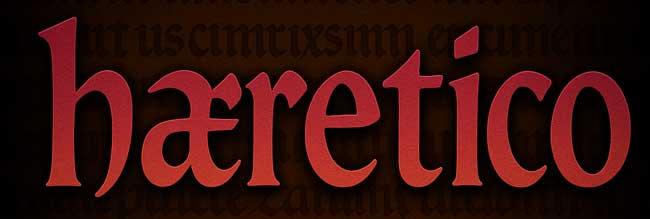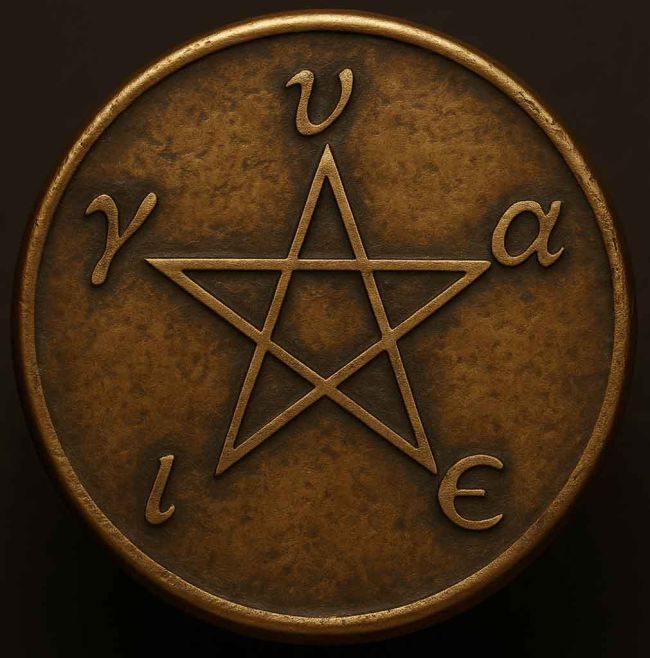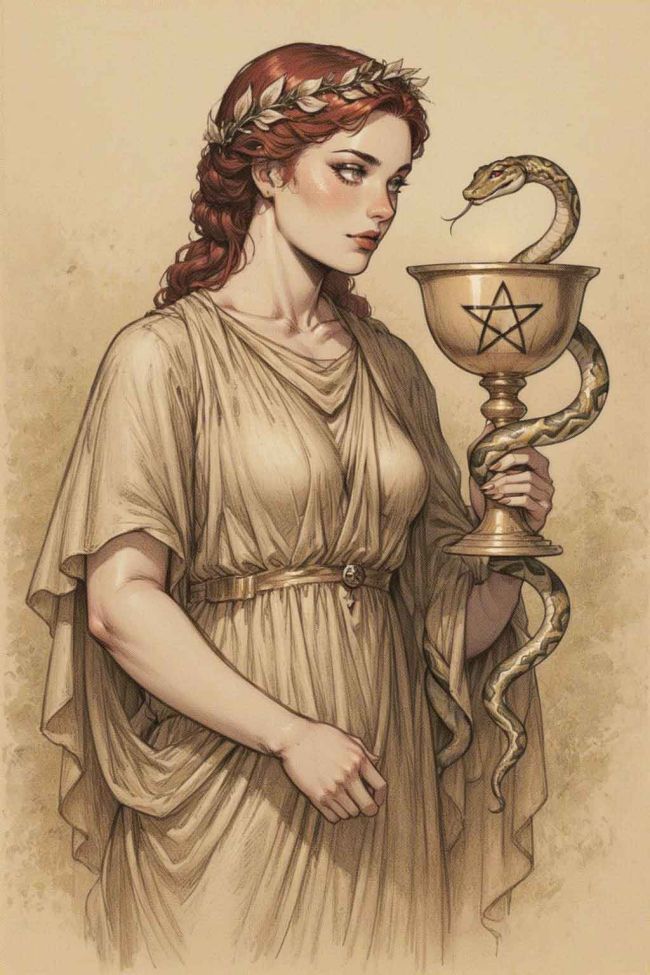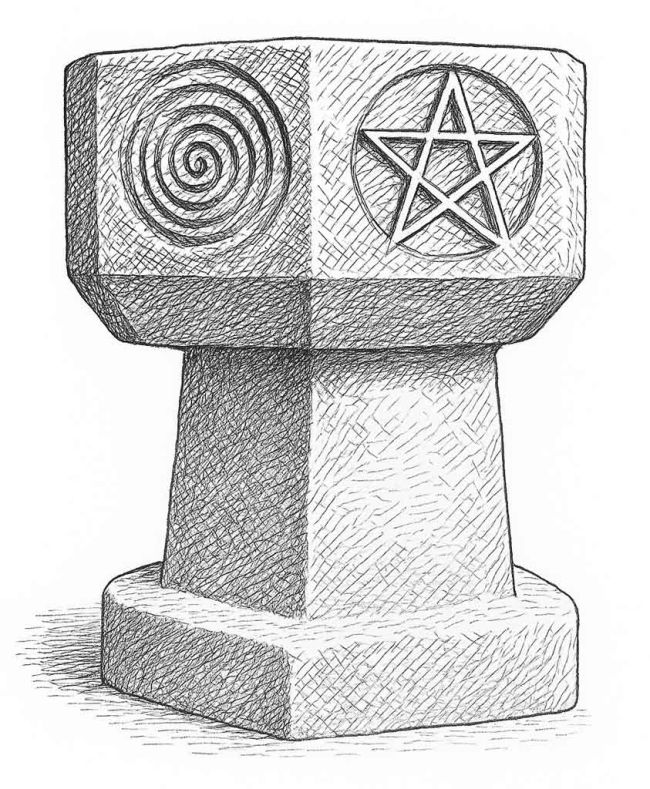Written by David Caldwell ·
The Pentagram From Sacred Geometry to Misunderstood Symbol
The pentagram is one of the oldest and most enduring symbols in human history. From ancient Mesopotamia to modern popular culture, its five-pointed star form has travelled across continents, religions, philosophies, and superstitions. Though now often associated with occultism or even malevolence, this reputation is a relatively recent development. The pentagram's original meanings were deeply rooted in harmony, health, divine proportion, and protection.
Origins in Antiquity
The earliest known appearance of the pentagram dates back to around 3000 BCE in ancient Sumer, where it appeared in cuneiform inscriptions as a logogram. It may have denoted directions or cosmological ideas. Later, in Pythagorean philosophy (6th century BCE), the pentagram, called the "pentalpha", became a sacred symbol of health and mathematical perfection. Its geometry reflected the golden ratio and symbolised the human microcosm: five points for the limbs and head, standing for balance and harmony. Pythagoreans even arranged the Greek letters of HYGEIA (health) around its points.
Hygeia was the Greek goddess of health, cleanliness, and sanitation, and the daughter of Asclepius, the god of medicine. She personified the concept of preventive health and well-being rather than cure. The modern English word "hygiene" is derived directly from her name, reflecting her enduring legacy in the domain of public and personal health.
In Roman culture, the pentagram sometimes appeared on coins, such as a denarius minted by C. Naevius Balbus in 79 BCE, alongside divine and triumphal imagery. Though its meaning may not have been explicitly Pythagorean, its visual legacy persisted.
The Christian Pentagram
Early Christians also embraced the pentagram. It symbolised the five wounds of Christ and, in some traditions, was associated with the Star of Bethlehem. A 19th-century article on the oaken stalls in Darlington Parish Church identifies a five-pointed star as a Christian symbol of divine guidance. Another Victorian church decoration at Marchwood described the pentalpha as a sacred monogram, placed alongside holy emblems and lit in gold during a Christmas service.
A particularly compelling example comes from the 12th-century font at Lewannick Church, where a pentagram is carved directly into the stone alongside a spiral motif. Victorian antiquarians described it as a protective symbol against witchcraft. It was not seen as a mark of sorcery, but a talisman against it.
Masons, Mystics, and Mid-Victorians
The symbol maintained its sacred associations in medieval and early modern contexts. A 19th-century lecture on medieval masons' marks identified the pentalpha as one of many builder's symbols carved into stonework, dating back to the 11th century. These were practical identifiers but often carried symbolic weight.
Freemasonry also adopted the pentagram into its rich system of symbols. Articles from the 1870s list the pentalpha among other emblems like the all-seeing eye, Jacob's ladder, and the ark. In this context, it was understood as a symbol of truth, unity, and spiritual integrity. Stained glass memorial windows and church decorations from the same period display the pentagram prominently, not as an occult mark but as a representation of divine order.
The Occult Revival
By the mid-19th century, a shift had begun. The romanticisation of magic, combined with renewed interest in medieval and esoteric lore, led to a reassessment of symbols like the pentagram. In the 1854 poem "The Dream of Claudia Procula," the pentagram is depicted as part of sorcery, inscribed on the walls of a magician's cave. In an 1844 biography of famed clairvoyant Mlle Le Normand, the pentalpha appears as part of a magical toolkit used to divine the future.
This period saw the symbol begin to move from the sacred to the secretive. By the late 19th century, groups like the Hermetic Order of the Golden Dawn and later occultists such as Aleister Crowley had firmly adopted the pentagram as a magical sigil, complete with rituals, elemental attributions, and directional meanings (upright for spirit over matter, inverted for the material over the spiritual).
Survival in Rings and Relics
Pentagrams were also inscribed on rings in both Roman and medieval periods. Roman bronze rings with pentagram motifs were likely protective amulets, possibly drawing on Neoplatonic or folk-magical traditions. In the Middle Ages, such rings reappear in Christian and magical contexts, sometimes linked with the Seal of Solomon. These were not explicitly Pythagorean but echoed its ideals of order and cosmic harmony.
Rediscovering the Original Star
Today, the pentagram is often misunderstood, its rich history overshadowed by sensationalism. But historical records, from church carvings and Christmas decorations to Freemason emblems and poetic invocations, reveal a more nuanced and venerable story.
The pentagram was once a symbol of health, divinity, and wisdom. It was carved into stone to protect, worn as jewellery to heal, and painted in churches to glorify. Far from sinister, it pointed, quite literally, toward the heavens.
By tracing the journey of the pentagram across millennia, we can reclaim its place not as a mark of fear, but as a sign of enduring human aspiration toward balance, beauty, and the divine.
Related Articles
8 November 2025
How the Conquering Sun Became the Conquering Galilean26 October 2025
Elmet A Brittonic Kingdom and Enclave Between Rivers and Ridges24 October 2025
The Ebionites: When the Poor Carried the Gospel12 October 2025
Queen of Heaven: From the Catacombs to the Reformation4 October 2025
The Ancient Blood: A History of the Vampire27 September 2025
Epona: The Horse Goddess in Britain and Beyond26 September 2025
Witchcraft is Priestcraft: Jane Wenham and the End of England’s Witches20 September 2025
The Origins of Easter: From Ishtar and Passover to Eggs and the Bunny12 September 2025
Saint Cuthbert: Life, Death & Legacy of Lindisfarne’s Saint7 September 2025
The Search for the Ark of the Covenant: From Egypt to Ethiopia5 September 2025
The Search for Camelot: Legend, Theories, and Evidence1 September 2025
The Hell Hound Legends of Britain25 August 2025
The Lore of the Unicorn - A Definitive Guide23 August 2025
Saint Edmund: King, Martyr, and the Making of a Cult14 August 2025
The Great Serpent of Sea and Lake11 August 2025
The Dog Days of Summer - meanings and origins24 June 2025
The Evolution of Guardian Angels19 June 2025
Dumnonia The Sea Kingdom of the West17 June 2025
The Roman Calendar, Timekeeping in Ancient Rome14 June 2025
Are There Only Male Angels?


